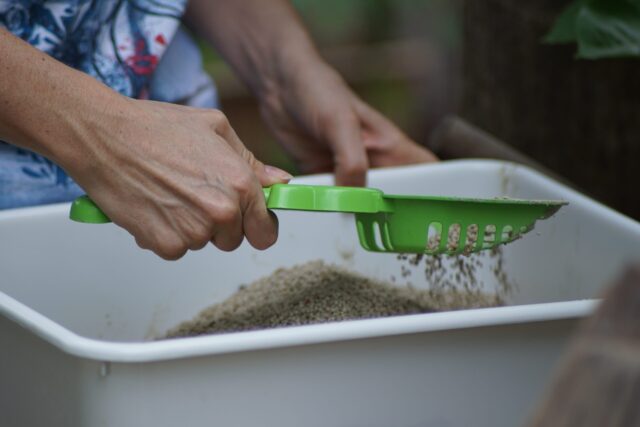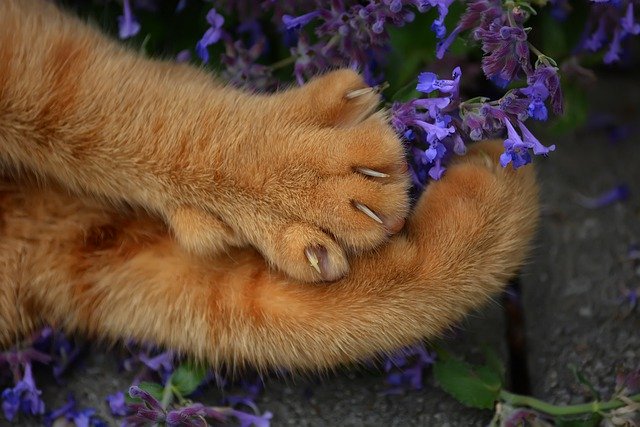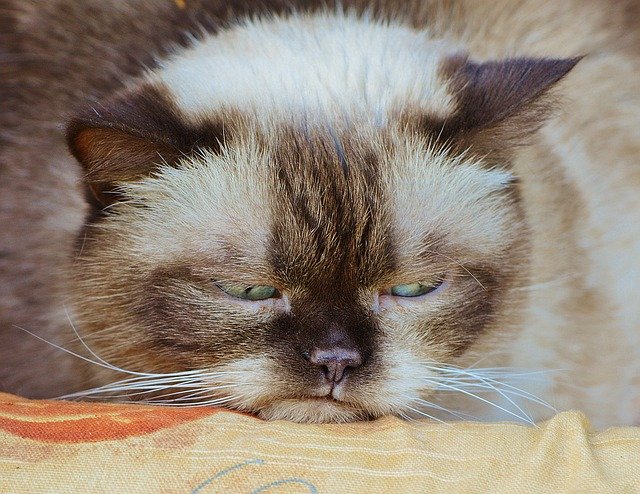The litter pan is a stinky issue no matter what. While cat parents dump fresh litter and scoop on the regular, sometimes even the freshest of setups can’t stop your cat from peeing outside the litter box. But, why do these naturally tidy creatures sometimes opt to eliminate outside the pan?
Cats are naturally coded to seek places they can bury their urine and feces. Yet, issues arise which cause confusion or aversions to the litter box. It’s best to deal with litter pan problems as soon as the issue is recognized. Left unchecked, litter box avoidance can become permanent and lead to soiling in other places in the house.
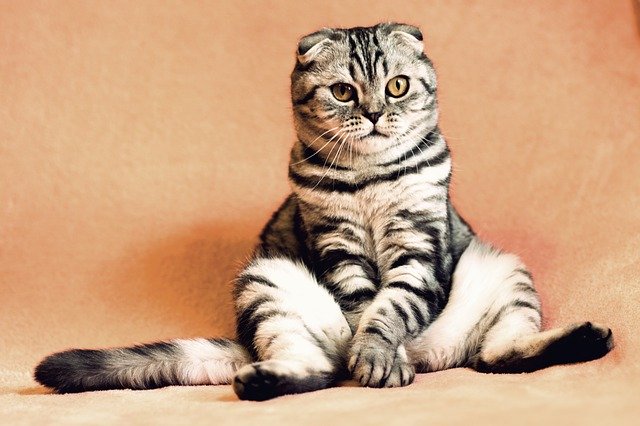
Cat peeing outside the litter box? Time for a chat…
Let’s examine the possibilities behind your cat’s litter box messes.
Reasons for Peeing Outside the Litter Box
Untidy Litter Pan
The first thing to consider when it comes to litter aversion is the cleanliness of the pan. Masters of hygiene, cats are super picky when it comes to where they put their paws. Dirty litter is one place they generally refuse to tread. But driven to cover their output, a dirty box will lead a cat to scratch on the ground outside the litter pan in an effort to fulfill the natural need. If you see this behavior occurring, it might be time to break out the litter scoop.
Dr. Justine A. Lee, DVM, DACVECC, explains, “Some cats will ‘hold it’ and urinate as infrequently as possible to avoid stepping into a dirty, filthy, full litter box.”
A pan not scooped frequently enough will cause a change in your cat’s usage, which could lead to serious medical problems. “Instead of urinating two to three times a day, your cat will tighten up and only go once a day. This makes his urine get more concentrated and could make crystals and urine debris plug up and cause him to get a life-threatening feline urethral obstruction (FUO).
Scooping the pan daily, or every other day if you have several pans, helps keeps cats pleased with their potties and reduces the risk of a cat peeing outside the litter box. With some cat litters, like PrettyLitter, offering color-change technology, cat parents will know exactly when a scoop is needed, helping to keep the kitty pan that much cleaner. Frequent scooping and new color-coded litters can also help cat parents identify any arising health issues.
Stress Can Lead to Peeing Outside the Litter Box
Cats don’t handle stress well. They are certainly creatures of habit and any sort of newness can send them into a tizzy. In addition to stressors like moving to a new home or having strangers in the house, feline stress can result from medical issues or territory squabbles as well. Something as simple as moving the litter pan to a new location can even cause stress in a cat.
“When frustration, stress, anxiety, or marking are suspected to be the cause, drug therapy, and behavior modification techniques may be effective,” according to veterinarians Dr. Debra Horwitz and Dr. Gary Landsberg.
If your cat is peeing outside the litter box, pay attention to their other habits as well. Watching out for these 6 signs of stress in cats can save everybody from tension in the home.
Litter Pan Location
The location of the litter pan can sometimes lead to aversion issues. As cats need to feel at ease when taking care of nature’s most urgent of business, litter location is key. Cat behaviorist Pam Johnson-Bennett reports a list of considerations for the placement of a litter pan:
- Keep litter boxes away from food spots.
- Place litter pans in places a cat considers convenient but also safe.
- Be sure the box isn’t tucked too far away as to be forgotten but still far enough away not to be noisy.
- Purchase litter pans that are the right size for your cat. A cramped pan can lead to a cat urinating outside the litter pan.
Related: The 11 Best Cat Litter Boxes for the Purrfect Potty Experience
Territory Issues Lead to Messes
While cats seem like placid beasts of comfort, their natural instincts still hold the echoes of their wild past, and, in that wilderness, territory was important. The need for settled territory remains vital to our domesticated cuties of today. Territorial issues tend to rear their head when a new cat is introduced to the family or something else in the current dynamic changes.

A new furry sibling can upset established territory.
Territory issues typically boil down to one key factor. As explained by the Indoor Pet Initiative of Ohio State University, “The most common cause of conflict between indoor-housed cats is competition for resources.”
And the litter pan is a prime resource. If indoor cats are forced to share one litter pan, someone is most likely going to start messing outside the litter pan as all cats using one pan have no designated elimination territory of their own. Plus, it could also to lead to aggression if one cat starts guarding the litter pan, blocking off another cat’s access to the potty.
The easiest way to fix this issue?
“Treatment for conflict between cats involves providing a separate set of resources for each cat, preferably in locations where the cats can use them without being seen by other cats.”
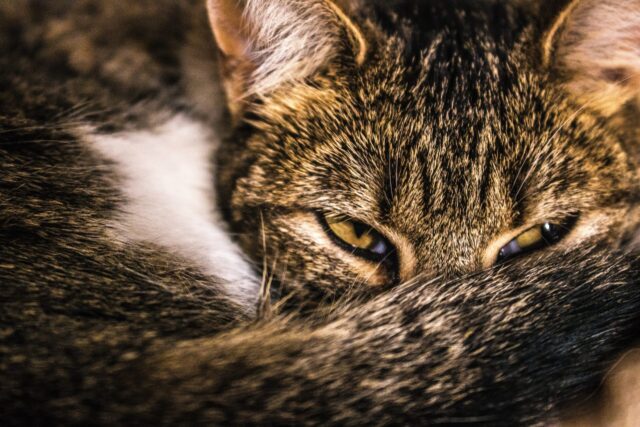
Distance is key in the competition for resources.
When it comes to the litter box and multiple cats, the rule to follow is one litter pan per cat, plus an extra if possible. This gives everyone their own special place to potty, with extra space just in case. Keeping multiple pans eliminates the need to compete for elimination resources and keeps kitties getting along nicely when it comes to the litter pan.
Sensitive Cat Paws Don’t Care for the Feel of Litter
What if your darling cat doesn’t like the feel of litter on her paws?
Its true, cats can be picky pants, some kitties even acting funny about where they put their paws because certain textures just feel weird to their feet. Kind of like when sand or dirt sticks to our bare feet; some don’t mind it so much, but other people get shivers when their toes are covered in grit.
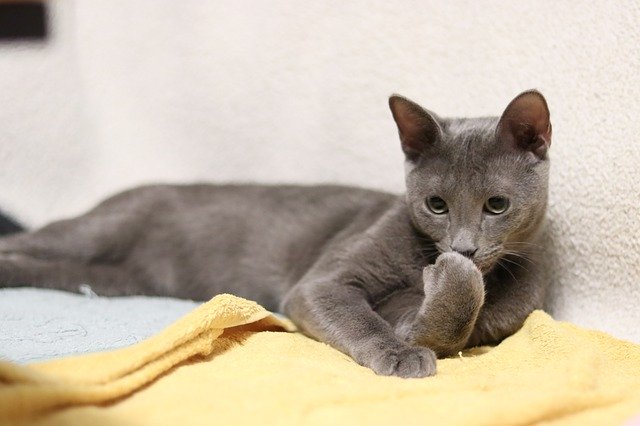
Tidy creatures like tidy toes.
If your cat stops using the litter pan and you suspect she doesn’t care for the feel of her litter, experiment with different brands or materials. The market is full of options when it comes to litter, with South Novato Animal Hospital reporting, “The most popular ones are traditional clay litter, scooping/clumping litter, crystal-based/silica gel litter and plant-derived/bio-degradable litter.”
Most cats are okay with fine-grained clay litters, but cats who don’t care for the gritty feel might prefer plant-derived litter material like wheat or corn cob. For cats who once lived outdoors or cats who just don’t like the feel of litter in their paws, garden dirt or sand might be the answer to litter box problems. Be sure any soils or sand are organic, sterilized, and non-toxic.
Be careful brand-hopping though. Too much change might drive a cat to pee outside the litter pan.
Health Issues Which Cause Cats to Urinate Outside the Litter Pan
If the litter pan is pristine, territory isn’t an issue, and your cat isn’t stressing, but still urinating outside the litter pan, kitty dear might have a medical problem.
Beyond urinating outside the litter pan, cat parents will notice other problems in the box when it comes to health problems. Keep an eye out for any unusual patterns in litter pan usage. Also, note any changes in the volume of urine output.
Let’s examine some of the medical causes possibly behind why your cat is peeing outside the litter box:
Urinary Tract and Bladder Infections
Infections of the urinary system can cause pain when a cat tries to go. If you notice your cat taking numerous trips to the box, but barely wetting the litter, she may have an infection. Look for these other symptoms of a feline UTI too.
Feline Idiopathic Cystitis
Cystitis generally leaves cats with chronic inflammation, affecting “a cat’s bladder and urinary tract and is usually triggered by stress,” according to Battersea Dogs & Cats Home.
Struvite Crystals
Struvite crystals are microscopic crystals in the urine of cats “composed of magnesium, ammonium, and phosphate.” The crystals can be normal but sometimes form into larger stones that can block urinary function and cause pain, leading to cats peeing outside the litter box.
Diabetes, kidney, and Thyroid Issues
All these conditions share a connection when it comes to water consumption. Cats afflicted by diabetes, kidney problems, or thyroid imbalances often ingest large amounts of water. This can be seen in the litter pan as huge clumps or even outside the pan in a sizeable puddle. If your cat can’t quench his thirst, it might be time to schedule a vet appointment.
Aging
As cats age, things get harder as they are often affected by age-related diseases and concerns. Arthritis can cause discomfort when a cat climbs in the litter pan. The pain of getting in and out of an uncomfortable pan may make it easier to go outside the box. Age-related cognitive declines can cause memory loss and confusion, which leads to forgetting when the pan sits. Incontinence from aging might also lead a cat to urinate outside the litter pan.
Cats tend to associate feeling bad with the litter pan if it hurts to go. This could lead to a cat urinating outside the pan in an effort to remove the discomfort of going. We know this won’t work, but kitties don’t and will try whatever they can to make themselves feel better.
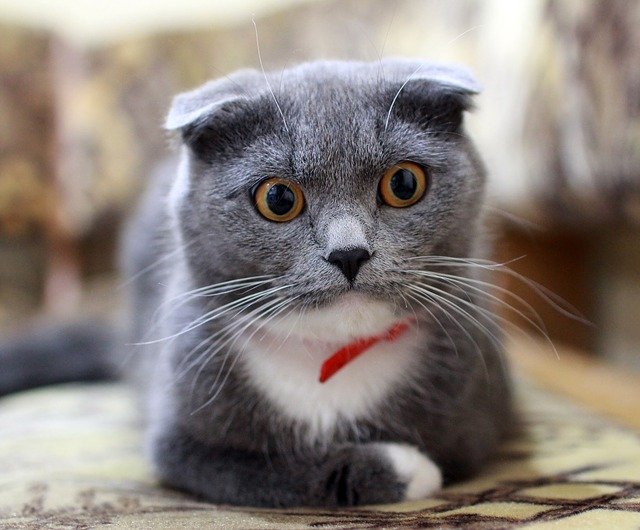
Illness and pain can drive a cat from the litter pan.
When a problem with the litter pan shows itself, whether it’s not urinating enough, urinating too much, or peeing outside the litter pan, seek the help of your veterinary care team to see if your cat needs a check-up.
Finicky Felines
And of course, there is the dislike factor. Cats are choosy creatures and sometimes they just don’t care for things. When it comes to the litter pan, sometimes cats just don’t agree with the litter you chose. Cats might turn their nose up at the added fragrance in the litter because it’s too strong for their super smell sense. Maybe the box itself is too high or not deep enough and your cat would prefer a different one. So, if your facing troubles with your cat and the litter box, don’t forget to consider if the issue boils down to your cat being choosy.
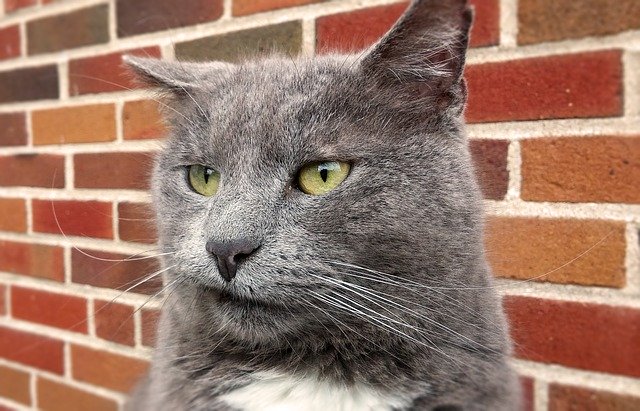
Keep cats happy with a maintained litter pan.
Cats like to keep us guessing and when it comes to their litter pans, humans are desperate to keep things flowing smoothly and cleanly. But sometimes, trouble in paradise arises. If your cat is peeing outside the litter box, spend some time with your furry darling to see what’s going in their little world!

